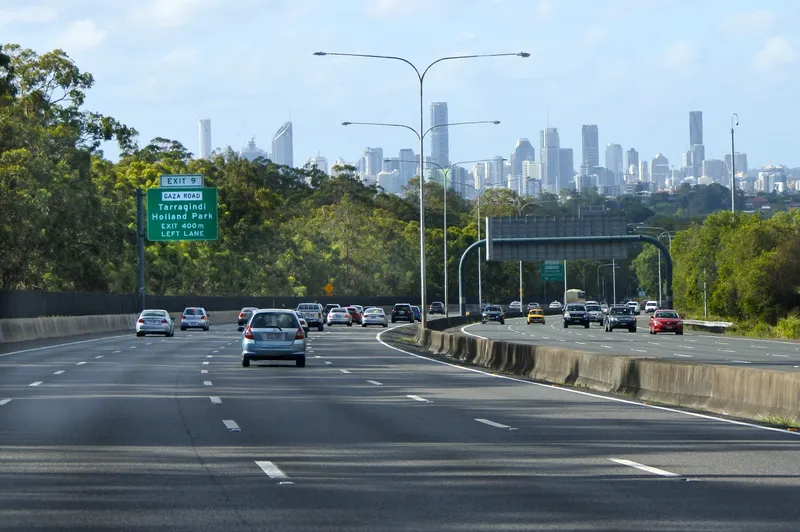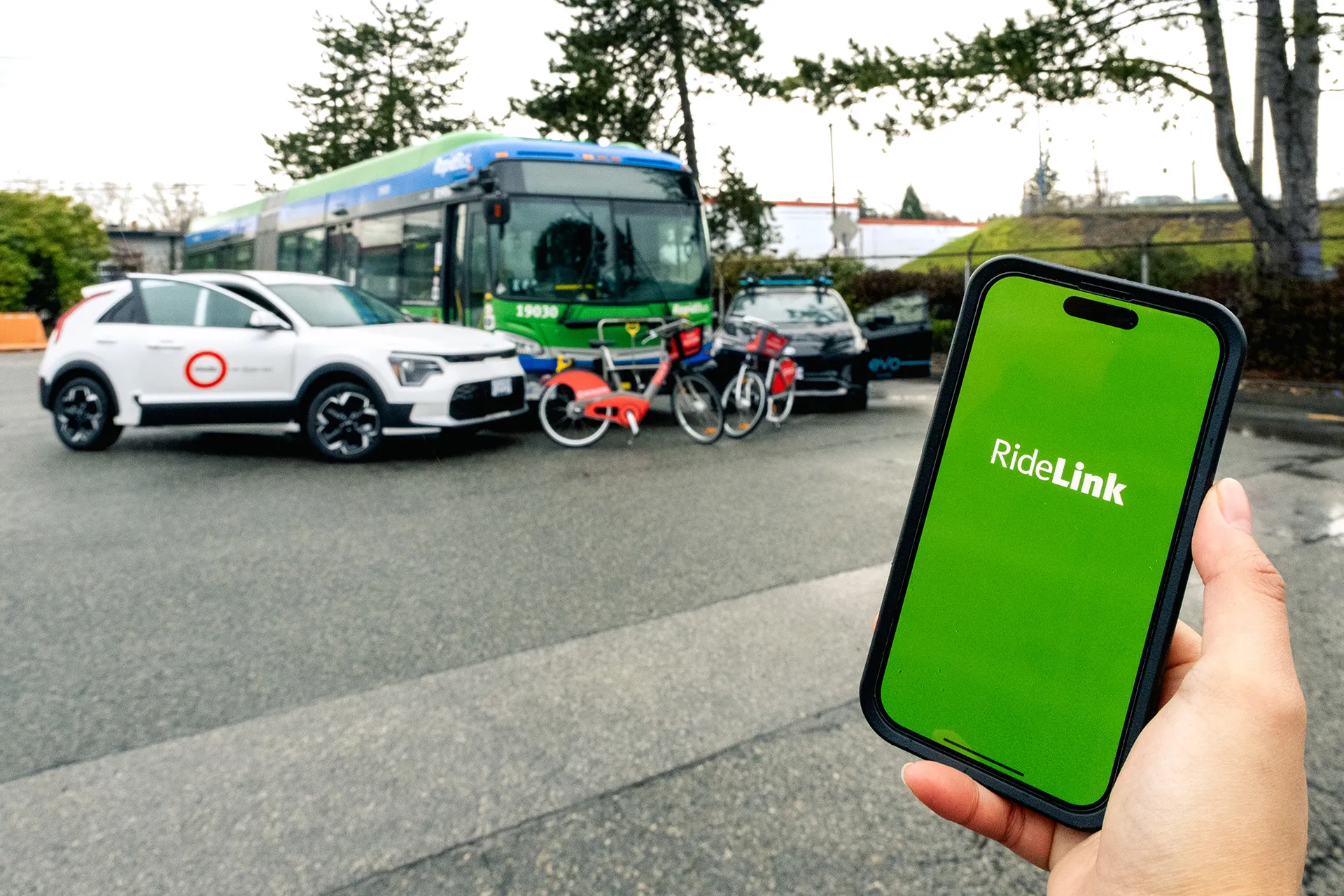According to Frost & Sullivan, the parking industry has transformed dynamics in its operation with a different genre of participants including automotive OEMs exploring numerous opportunities in parking and expected to witness a major growth phase in this decade. Bundled services with apps are helping parking operators to ease their operations, business and positioning. Early stage growth opportunities will attract more than twenty new start-ups in the parking industry providing real-time parking applicatio
September 3, 2013
Read time: 2 mins
According to Frost & Sullivan, the parking industry has transformed dynamics in its operation with a different genre of participants including automotive OEMs exploring numerous opportunities in parking and expected to witness a major growth phase in this decade. Bundled services with apps are helping parking operators to ease their operations, business and positioning. Early stage growth opportunities will attract more than twenty new start-ups in the parking industry providing real-time parking applications with investments ranging from US$200-250 millions in the next three to five years.
Frost & Sullivan is organising a web conference, Future of Vehicle Parking Management Systems in North America and Europe, taking place on Tuesday, 10 September 2013, at 4.00 pm BST. Research manager, Praveen Chandrasekar, and industry analyst, Neelam Barua, will introduce emerging parking management systems, present new mobility business models in parking and offer a special focus on parking apps and solutions providers. They will also discuss growth opportunities and give a future outlook on the industry.
To participate in this complimentary web conference, please email Katja Feick at [email protected] with your full contact details. Upon receipt of the above information, a registration link will be e-mailed to you. You may also register to receive a recorded version of the briefing at anytime by submitting the aforementioned contact details.
This web conference will benefit core parking operators, parking management companies, automotive OEMs, parking app providers, parking automation companies, technology providers, infrastructure providers, governments and municipalities.
“Participating in this web conference will help to understand the new parking ecosystem which combines technologies and participants from automotive, telecom and IT industry in parking in Europe and North American cities.” says Barua. “It is crucial to understand the growing interest among automotive OEMs to invest in the parking industry and be aware of strategic alliances currently developing within the parking industry.
“A new parking ecosystem has developed in the industry with a collaborative consumption of parking and futuristic real-time parking assistance systems in European as well as North American cities,” Barua concludes.
Frost & Sullivan is organising a web conference, Future of Vehicle Parking Management Systems in North America and Europe, taking place on Tuesday, 10 September 2013, at 4.00 pm BST. Research manager, Praveen Chandrasekar, and industry analyst, Neelam Barua, will introduce emerging parking management systems, present new mobility business models in parking and offer a special focus on parking apps and solutions providers. They will also discuss growth opportunities and give a future outlook on the industry.
To participate in this complimentary web conference, please email Katja Feick at [email protected] with your full contact details. Upon receipt of the above information, a registration link will be e-mailed to you. You may also register to receive a recorded version of the briefing at anytime by submitting the aforementioned contact details.
This web conference will benefit core parking operators, parking management companies, automotive OEMs, parking app providers, parking automation companies, technology providers, infrastructure providers, governments and municipalities.
“Participating in this web conference will help to understand the new parking ecosystem which combines technologies and participants from automotive, telecom and IT industry in parking in Europe and North American cities.” says Barua. “It is crucial to understand the growing interest among automotive OEMs to invest in the parking industry and be aware of strategic alliances currently developing within the parking industry.
“A new parking ecosystem has developed in the industry with a collaborative consumption of parking and futuristic real-time parking assistance systems in European as well as North American cities,” Barua concludes.









